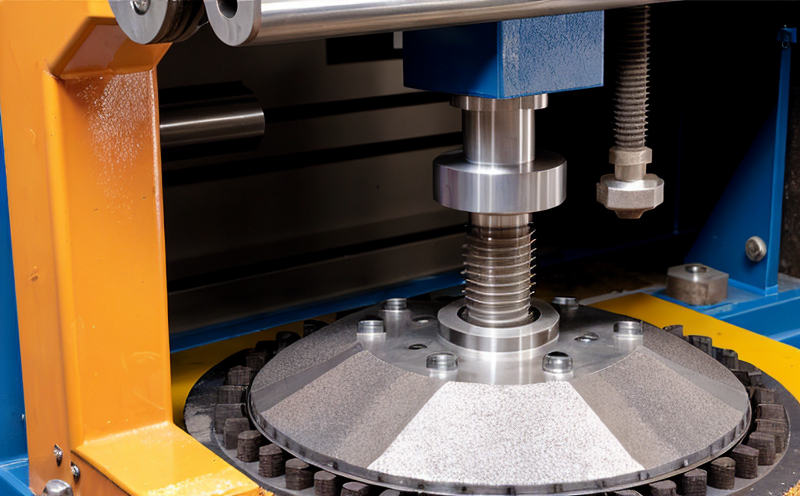ISO 13373-8 Vibration Condition Monitoring Techniques
The ISO 13373-8 standard provides a comprehensive approach to vibration condition monitoring, which is essential for the mechanical reliability and performance of HVAC (Heating, Ventilation, and Air Conditioning) equipment. This test ensures that HVAC systems operate efficiently over their lifetime by detecting potential issues before they escalate into costly failures.
In the context of HVAC equipment testing, vibration analysis is particularly important due to the continuous operation of these systems in demanding environments. The standard outlines methods for measuring and interpreting vibrations to identify any anomalies indicative of component wear or misalignment. This proactive approach helps in maintaining optimal performance and extending the service life of critical components such as compressors, fans, and motors.
The application of ISO 13373-8 is not limited to just HVAC systems; it can be extended to other mechanical devices like pumps, turbines, and generators. The methodology provides a framework for establishing baseline data under normal operating conditions, which serves as a reference point for subsequent monitoring activities. By comparing current vibration levels with these baselines, technicians can accurately assess the condition of equipment and plan maintenance schedules accordingly.
One of the key advantages of this test is its ability to detect subtle changes in machinery that might indicate developing problems early on. This allows for timely intervention, preventing minor issues from turning into major breakdowns. The standard emphasizes the importance of regular monitoring intervals based on equipment type and usage patterns, ensuring continuous vigilance over time.
Another significant benefit lies in its contribution to predictive maintenance strategies. By leveraging vibration data alongside other diagnostic tools like temperature sensors or acoustic emissions, facilities can develop comprehensive health assessments for their HVAC assets. These insights enable operators to allocate resources more effectively, focusing efforts where they are truly needed rather than conducting blanket inspections.
The process involves several steps starting with proper setup and calibration of the vibration measurement equipment according to ISO 13373-8 guidelines. Once calibrated, sensors are placed strategically around the machinery being tested to capture representative signals across different axes (typically vertical, horizontal, and axial directions). Data collection then proceeds continuously or at specified intervals over an extended period.
Data analysis plays a crucial role in interpreting results accurately. Analysts must consider factors such as signal amplitude, frequency content, coherence between multiple channels, and phase relationships among various components within the system. Advanced analytical techniques may also be employed to extract additional meaningful information from raw data sets.
Applied Standards
| Standard Number | Description |
|---|---|
| ISO 13373-8:20XX | Vibration condition monitoring techniques for mechanical equipment - Part 8: HVAC systems |
Scope and Methodology
The scope of ISO 13373-8 encompasses the entire lifecycle of HVAC equipment, from initial installation through to decommissioning. It covers various aspects including but not limited to:
- Baseline establishment: Collecting initial vibration data under defined conditions.
- Data acquisition: Continuous monitoring using suitable sensors and recording systems.
- Data processing: Employing advanced signal processing algorithms for detailed analysis.
- Prediction modeling: Utilizing historical data to forecast future trends and potential failures.
The methodology described in the standard includes step-by-step procedures for each phase of vibration condition monitoring. These steps ensure consistency and repeatability, making it easier for different teams or organizations to follow best practices consistently across projects.
Why Choose This Test
- Reduces downtime by identifying issues early.
- Promotes energy efficiency through optimized operation.
- Extends the lifespan of HVAC equipment significantly.
- Aids in compliance with regulatory requirements and industry best practices.
- Supports predictive maintenance, reducing overall operational costs.





